
Siding repairs in Phoenix help to keep homes protected from high heat and powerful monsoons. Learn about average siding repair costs in Phoenix.
Wrap your home’s exterior in metal for a look that’s sturdy, chic and long-lasting


Homeowners have several options when it comes to types of metal siding. While there are always pros and cons of different house siding, metal siding is often a top contender for homeowners. There’s a lot to love about different types of metal siding. Generally, metal siding is fire- and insect-proof, helps reduce energy bills, and is easy to maintain—a homeowner’s dream come true.
With several different types of metal siding available, making the right selection can become overwhelming. This roundup of the different types of metal siding highlights five of the best options for your home.
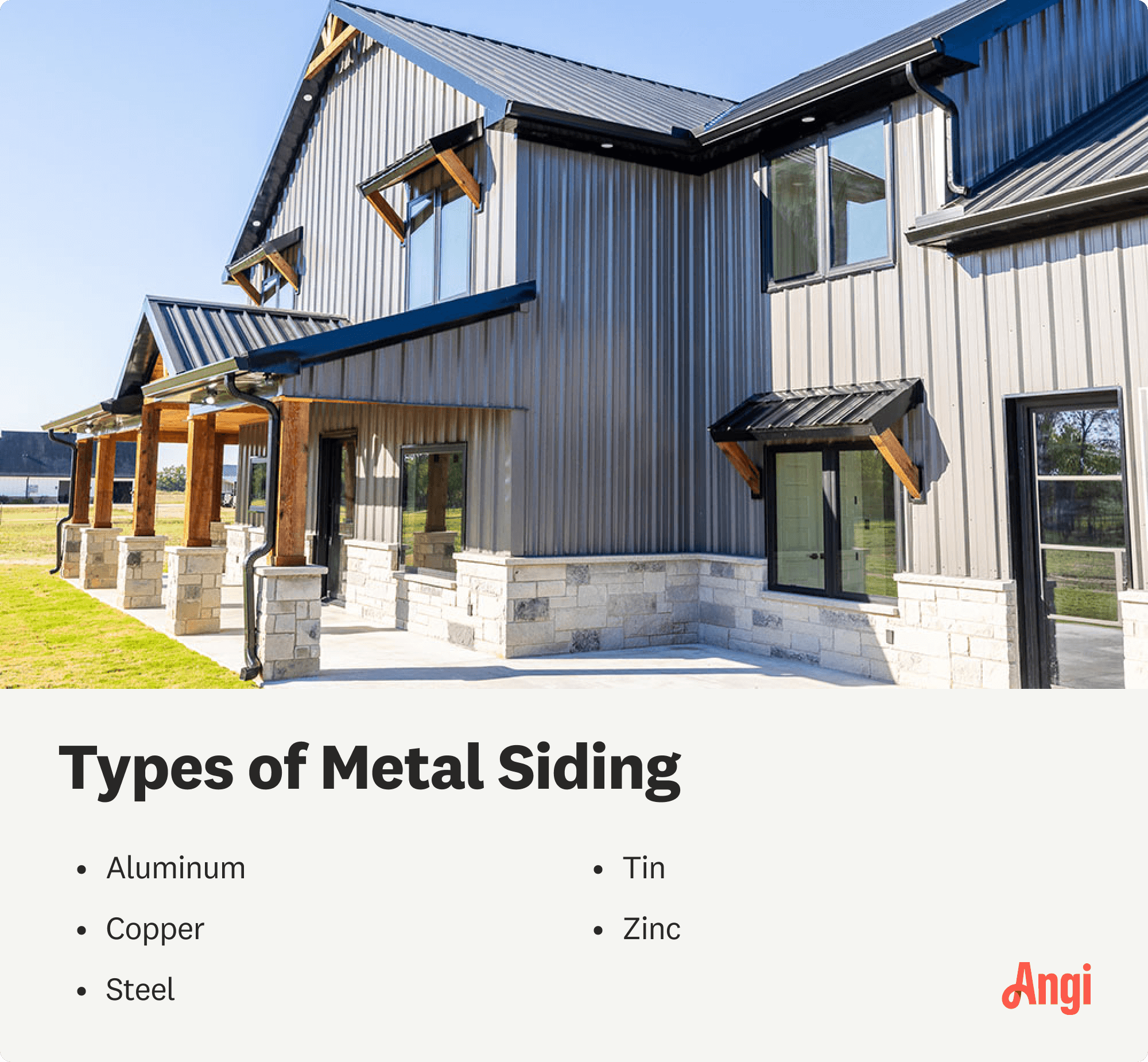
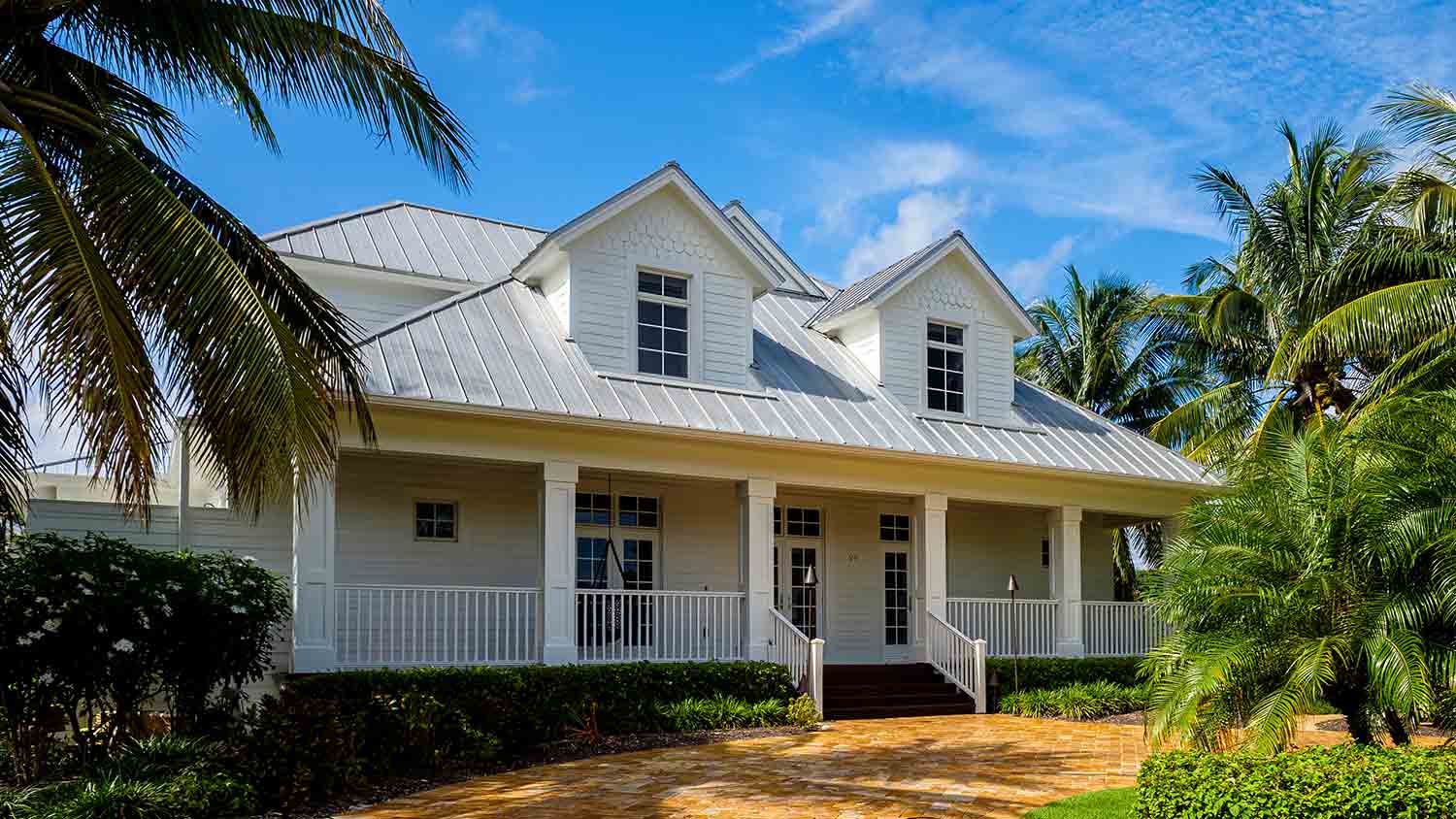
Aluminum is a popular metal siding choice because it is low maintenance and relatively durable, thriving in a variety of climates. Aluminum siding is a good choice for coastal homes, with constant moisture and salty ocean air. Unlike wood or vinyl siding, aluminum doesn’t swell, rot, rust, or allow mold and mildew growth. Aluminum panels also give homeowners aesthetic flexibility, as panels come in vertical and horizontal formats and in different textures and patterns, with some resembling wood.
Typical cost: $3–$18 per square foot
Typical life span: 50 years
Available in a wide variety of options
Lightweight and easy to install
Waterproof, protecting a home against moisture
More prone to scratches and dents
Long-term exposure to the elements creates a chalky, dull appearance
Can become noisy in areas with high winds or intense heat
First-time home buyers
Budget-conscious homeowners
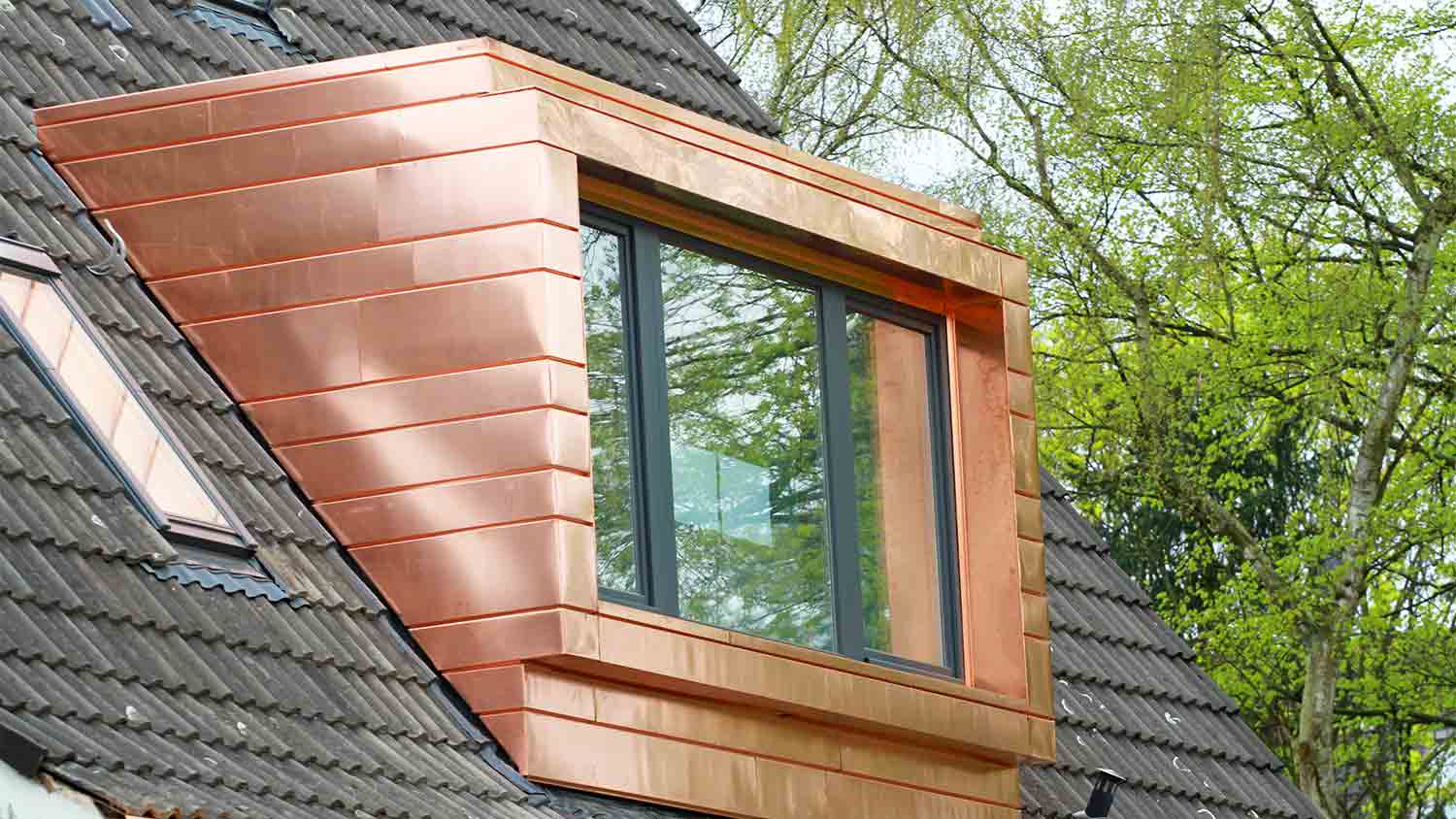
This metal is considered a high-end material because of its cost, durability, and return on investment. Durability depends on the metal siding’s thickness, as copper is one of the “softer,” more malleable metals. If the cost for a full copper exterior is intimidating, consider using small—but powerful—copper accents in bay windows or as a smaller roof over the front door. Before installing copper siding, understand how the climate will interact with the metal. Copper oxidizes over time, transforming from a shiny reddish-brown to a green-hued patina, which some homeowners may appreciate but others may dislike.
Typical cost: $20–$35 per square foot
Typical life span: 100+ years
Material can last for more than 100 years with minimal maintenance needed
Return on investment is much higher than with other metals
Naturally resistant to pests and rodents, so infestation is less likely
Non-organic material means it’s less susceptible to mold and mildew
Highly recyclable and eco-friendly
Installation can be complex, requiring specialized expertise
Color changes into a greenish hue over time, which may be undesirable to some homeowners
More susceptible to dents and damage from hail or harsh weather
Premium material comes at a high cost compared to other siding options
Not as easily available as competing materials
High-end waterfront properties
Luxury homes with high budgets
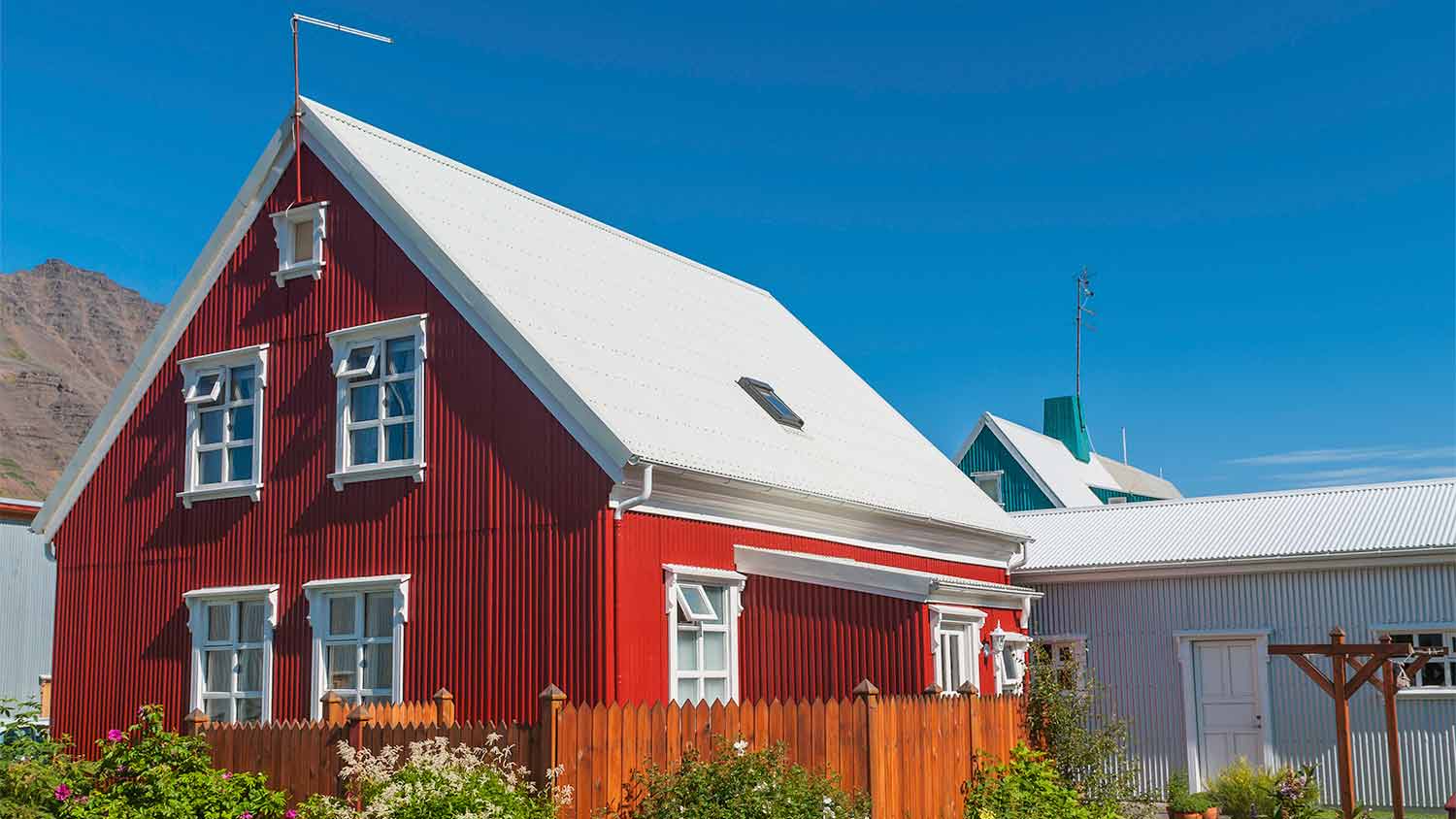
Usually, steel is found on commercial buildings such as warehouses, workshops, and barns. But its strength and aesthetic capabilities have increasingly made steel a popular choice for homeowners looking for a unique take on exterior siding. Steel comes in a variety of styles, including steel panels that resemble logs for a rustic cabin look. Like other metals, steel is also resistant to fire and pests. But, unlike metals such as aluminum, steel can rust after long periods of exposure to the elements.
Typical cost: $4–$16 per square foot
Typical life span: 50 years
Can withstand harsh weather conditions that include storms and extreme heat and cold
Available in a variety of colors and textures
100% recyclable and manufactured sustainably
Resistant to rot and mold and mildew growth
Durability can add to overall home value
Noisy in certain environments
Can collect condensation in humid climates, which can lead to moisture-related issues
May rust over time if protective coating is damaged
Weight can complicate transportation and installation
Higher upfront cost compared to vinyl or aluminum
Properties located in regions with severe weather
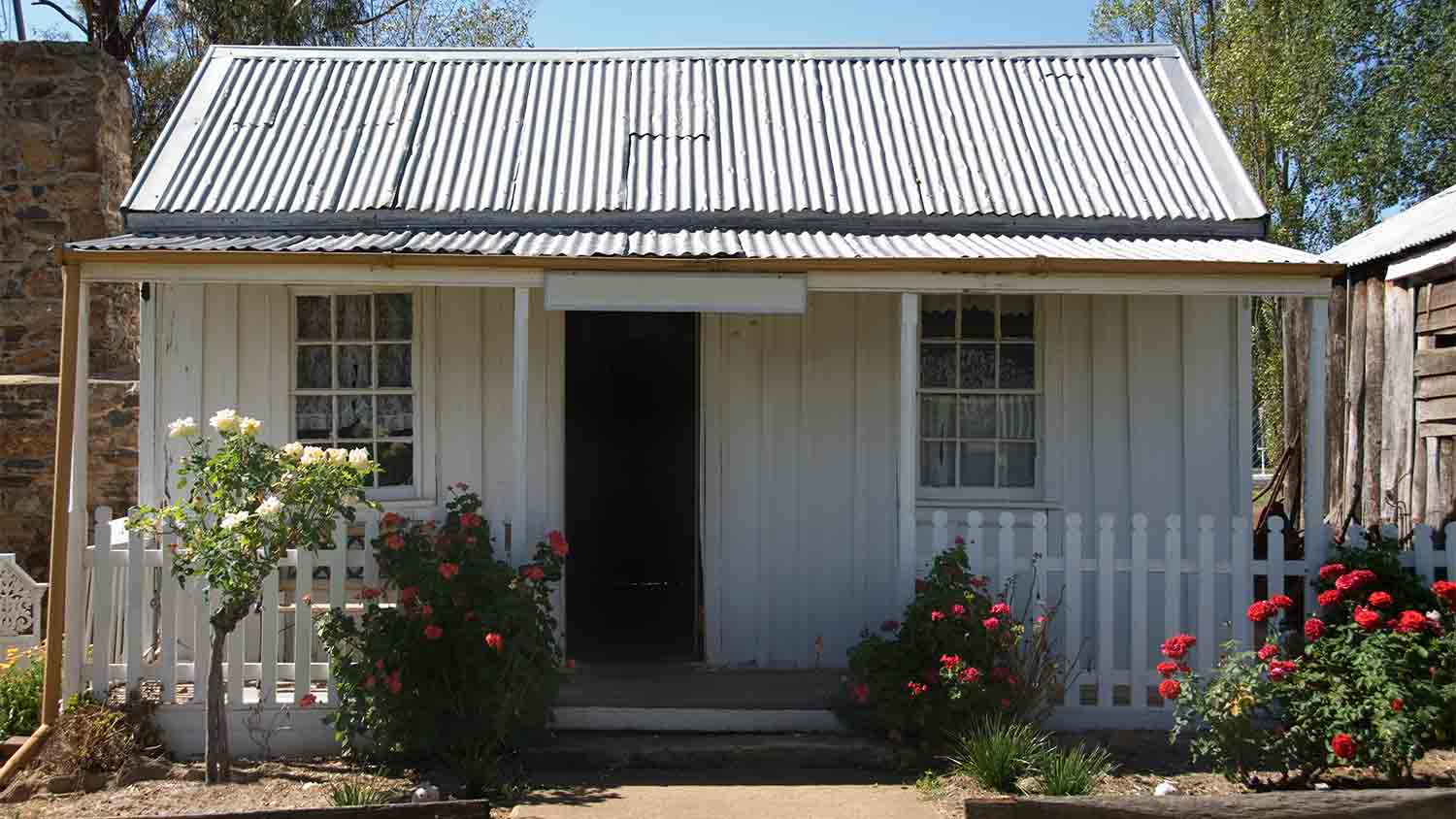
Tin is one of the most affordable types of metal siding on the market for home exteriors. It is sometimes used to achieve a specific look. Tin is more susceptible to dents and corrosion over time, making its life span significantly shorter than some of the other types of metal siding. Often, you’ll find tin used as a roof option, as it effectively fends off hail and other storm-related damage.
Typical cost: $1–$3 per square foot
Typical life span: 15 years
More affordable than other types of metal siding
Can be used in various ways, ranging from structural accents to roofing
Minimal upkeep and cleaning, so easy to maintain
Helps deflect heat from the sun in warm climates
Needs to be replaced more often than other types of metal siding
Prone to rust and corrosion over time
Dents more easily since it’s a soft metal
Amplifies the sound of rain, wind, and hail
Agricultural buildings, such as barns, sheds, or garages
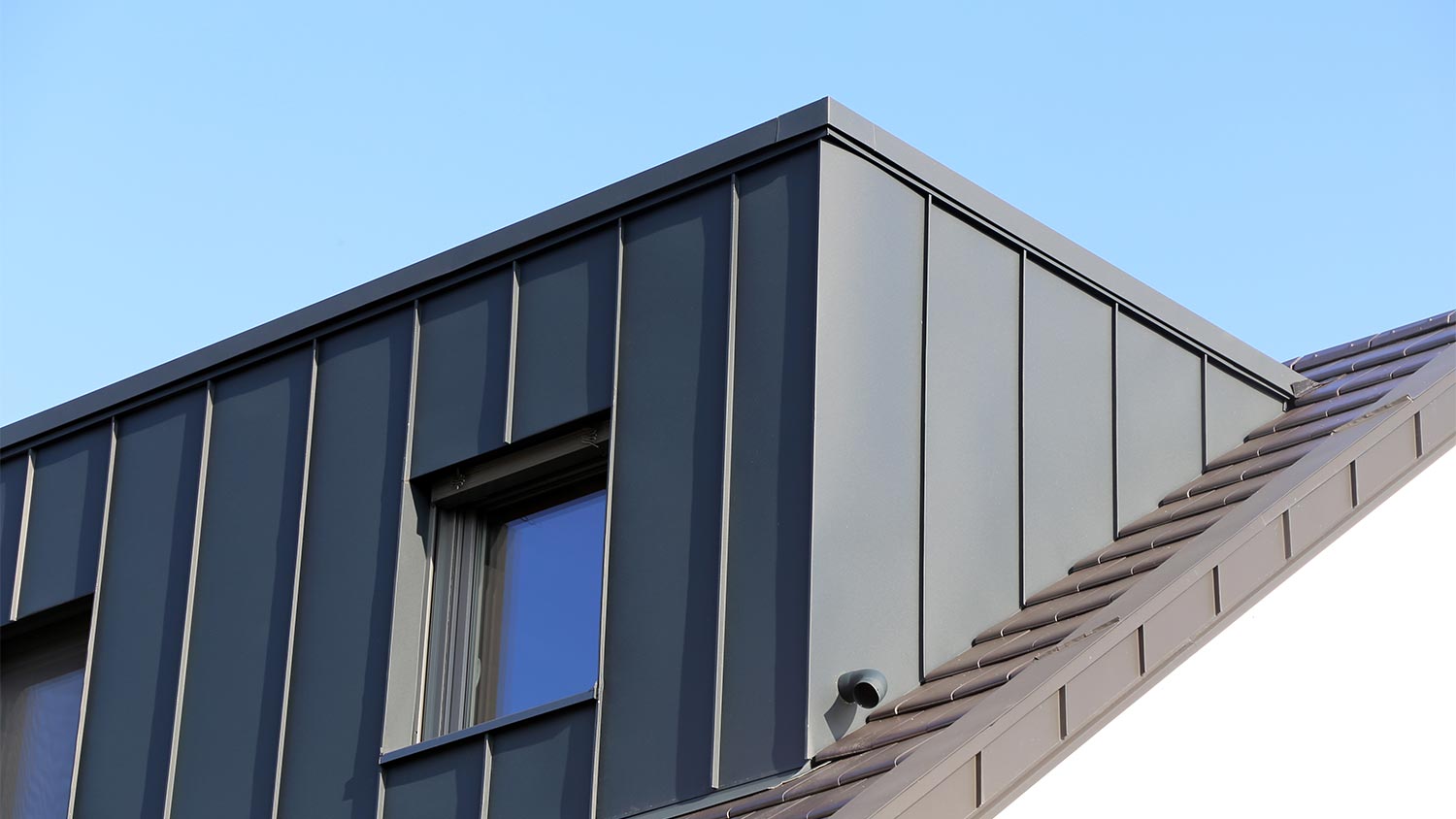
Like copper, zinc is one of the most expensive metal siding options. Many homeowners like this nonferrous metal for its lauded eco-friendly attributes, which include immunity to UV rays and corrosion. Zinc is also considered a “self-healing” metal, meaning the metal will recover from any scratches over time. Similar to copper, the color of zinc changes over time, morphing from a dark gray to a light gray/blue.
Typical cost: $15–$25 per square foot
Typical life span: 80-100 years
Self-healing capabilities lessen the impact of scratches
Environmentally sustainable material
Fire-resistant properties make it ideal for areas with wildfires or high heat
Resists pests and rodents that can cause infestation
Higher cost compared to other types of metal siding
Color changes to light gray/blue over time, which may be undesirable to some homeowners
Requires professional installation from specialized contractors
Limited availability due to it being a premium material
Custom, contemporary homes
Luxury homes with a higher budget
There are several considerations when deciding among the types of metal siding. Consult a local metal siding contractor to determine which type is best for your home. Here are a few factors to consider as you decide on the best type of metal siding for your home:
Where you live can impact what type of metal siding you choose. Evaluate your local weather patterns to see what metal is best for your home’s exterior. For example, if you live in a coastal area, aluminum might be your best bet; however, if you live in a storm-prone area that’s accustomed to hail and tornadoes, steel might be a better choice, as it’s less likely to dent. A local metal siding installer can help guide you in the right direction.
Metal siding comes in an array of different styles, ranging from modern to rustic, painted to textured. Have an idea of the type of overall look and vibe you’re going for, as this can influence the types of metal siding you consider. For example, although durable, some homeowners decide to pass on aluminum and steel siding because of the overall industrial look.
There are metal siding cost considerations to keep in mind when selecting metal siding for your home’s exterior. Often, the cost of the material is reflected in its projected life span. Materials such as copper are among the most expensive, but they last much longer. Consider installation costs, too, as metals like copper require a contractor who specializes in metal siding—expertise that can increase the overall cost.
I first found Regal Bath on Angie’s List in May 2019. I got several quotes from bathroom remodelers from Angie’s List and picked their bid based off great reviews and a reasonable price – they were neither the highest nor lowest bid. Shortly after, I made a trip out to their showroom in E....
The difference between a good, great and amazing company is not just the quality of the finished product, but also how the company interacts with their clients and addresses any issues that may arise. That is what makes ASAP an amazing company! We were displaced from our home for 5 1/2 months...
I did a project with them. It was in the summer. It was for landscaping.
We had a large tree fall on our house. Mike quickly repaired the roof, siding, gutter and chimney for a great price relative to other bids. The roof work included fixing and replacing some roof structure in addition to replacing the shingles in the affected areas. The chimney work was to...
They were always professional and did a good job controlling the insect problem at my house. I thought that they were also reasonably priced. I would hire them again.
From average costs to expert advice, get all the answers you need to get your job done.

Siding repairs in Phoenix help to keep homes protected from high heat and powerful monsoons. Learn about average siding repair costs in Phoenix.

Thinking about replacing your siding? Our shou sugi ban siding cost guide will help you determine if this Japanese wood siding is within your budget.

Vinyl siding is popular in Arizona because of its affordability and weather resistance. Learn more about how much vinyl siding installation costs in Phoenix.

Find out the true cost to install T1-11 siding on your home. Get detailed price breakdowns, installation tips, and ways to save on your siding project.
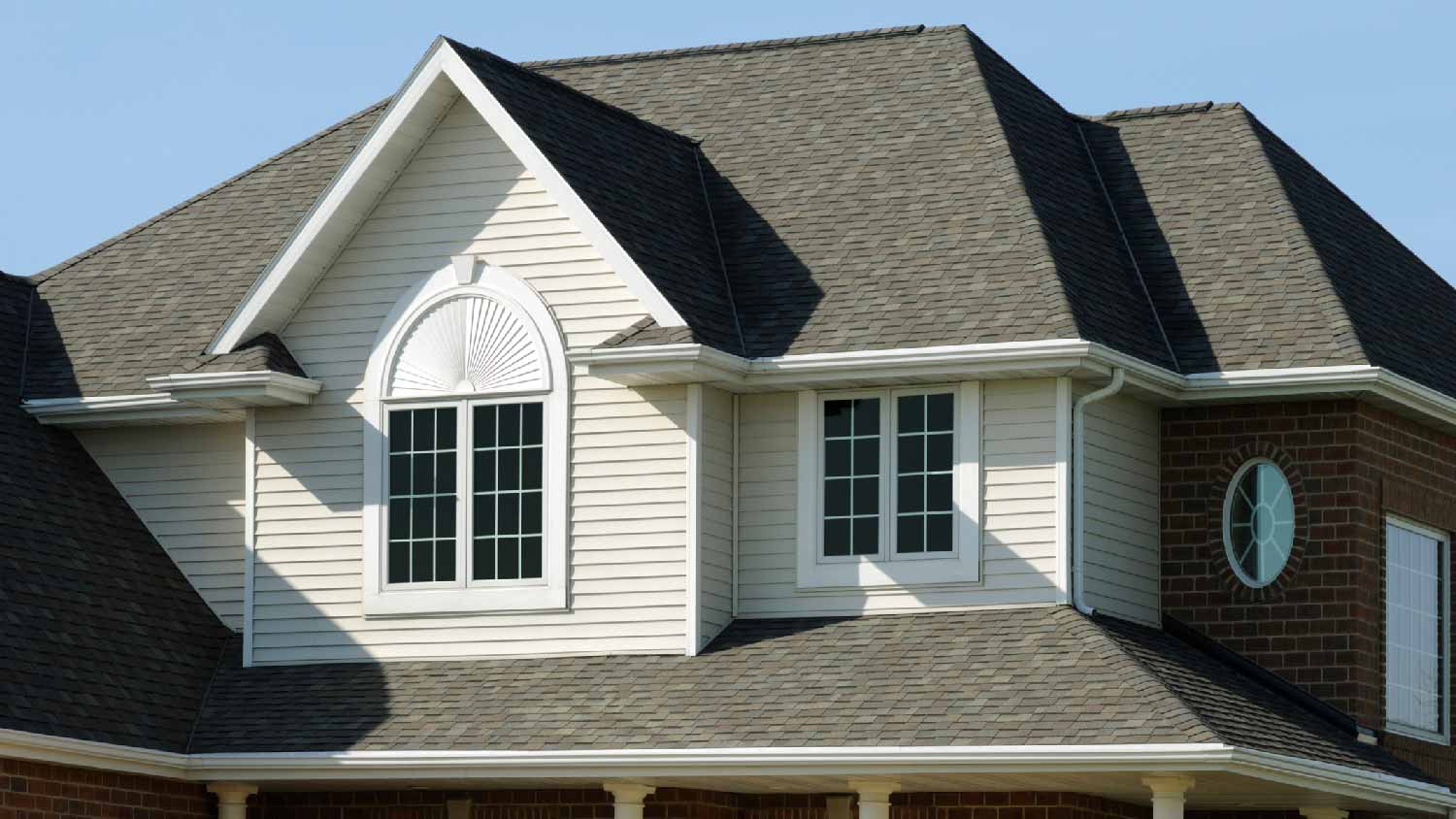
Not sure if it’s time to reface your home? Learn how long siding lasts, how to maximize the value you get, and signs you should replace it.

Save money and maintain your home’s structure by learning how to repair vinyl siding in minutes with this handy DIY guide.